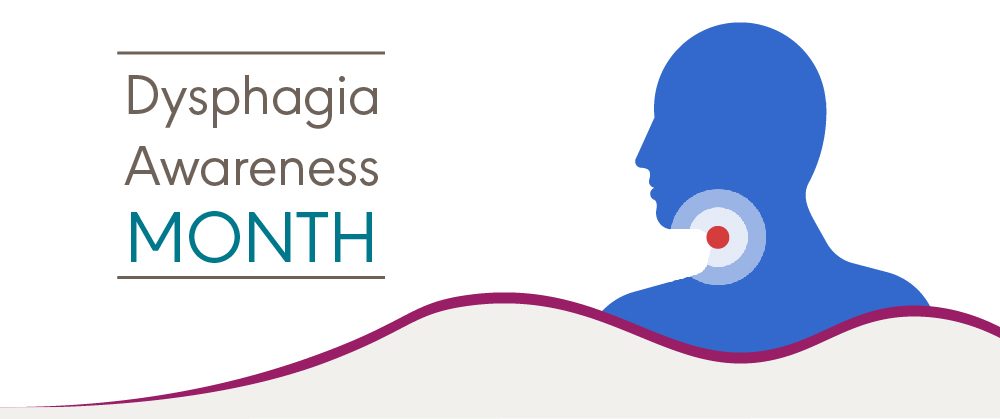ASHA is home to the most qualified providers of dysphagia services, so the ASHA Journals would be remiss if we didn’t mention that June is also Dysphagia Awareness Month! To celebrate, we’re highlighting articles from four of our journals and offering them free for the rest of the month.
Dysphagia in Children
Developing a Protocol for Quantitative Analysis of Liquid Swallowing in Children: Although videofluoroscopic swallow studies (VFSSs) for adults have been established and validated for decades, little research has been done to create normative data for children. In this article, the authors developed a protocol to interpret swallowing scores in children using VFSS.
Pediatric Dysphagia: A Look Into the Training Received During Graduate Speech-Language Pathology Programs to Support This Population: Pediatric swallowing and feeding disorders can lead to long-term neurological, motor, and health impairments, and these numbers are currently on the rise. Learn about how future speech-language pathologists (SLPs) are being prepared to work with children with swallowing disorders.
New and Novel Approaches
Allied Health Professionals’ Views on the Use of 3D Food Printing to Improve the Mealtime Quality of Life for People With Dysphagia: Impact, Cost, Practicality, and Potential: Although texture-modified food is essential to dysphagia management, the food’s lack of visual appeal can negatively affect the mealtime experience. Health professionals think 3D food printing can help improve mealtime quality of life, but they acknowledge feasibility barriers and other concerns.
Proposing a Multisystem Swallowing Framework: A Network Medicine Approach in the Era of COVID-19: Swallowing impairments following COVID-19 are complex—and are still being investigated. In this article, the authors propose a literature-based framework for dysphagia management following critical illness such as COVID-19 and discuss the evolution of dysphagia practice during a global pandemic.
Mechanisms in Dysphagia
Effects of Tongue-Strengthening Exercise on Tongue Strength and Effortful Swallowing Pressure in Young Healthy Adults: A Pilot Study: Tongue-strengthening exercises can help adults increase both their tongue strength and their effortful swallowing pressure. The authors discuss their pilot study whose participants were healthy young adults and discuss the implications for clinicians working with people with dysphagia.
Determining the Relationship Between Hyoid Bone Kinematics and Airway Protection in Swallowing: Laryngeal ventricle closure (LVC) is key to a healthy swallow and can help prevent pneumonia. This article examines the role that the hyoid bone in the neck may play in LVC.
More Dysphagia Resources
The articles are just a small sample of the dysphagia resources available on ASHAWire! The Swallowing, Dysphagia & Feeding Disorders Topic Page contains more than 1,000 articles covering dysphagia across age groups and health care settings. If you’re interested in even more articles on swallowing, consider joining Special Interest Group (SIG) 13, ASHA’s largest SIG, to connect with thousands of professionals and read content from Perspectives of the ASHA Special Interest Groups for free. Don’t forget that June isn’t just Dysphagia Awareness Month. Check out our post from earlier this month full of great articles in recognition of Aphasia Awareness Month. No matter what research you’re looking for, be sure to start with ASHA’s journals and ASHAWire







